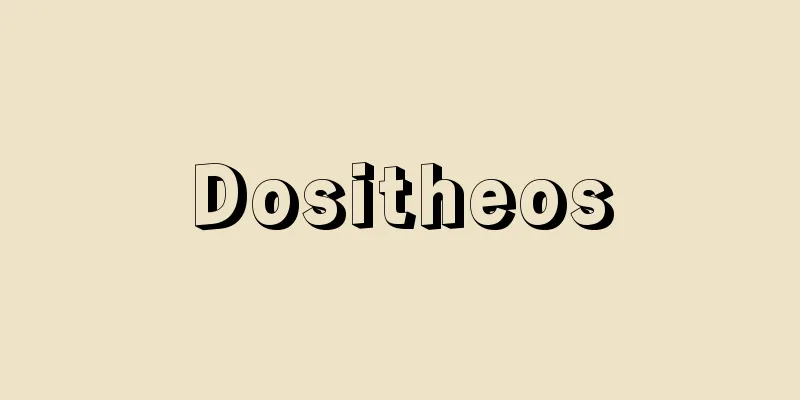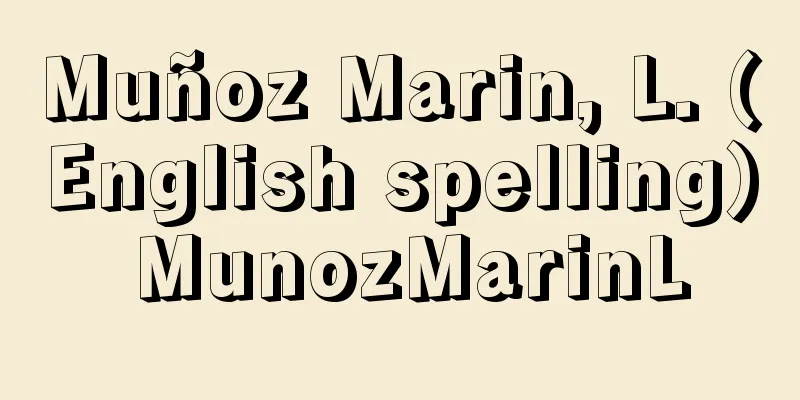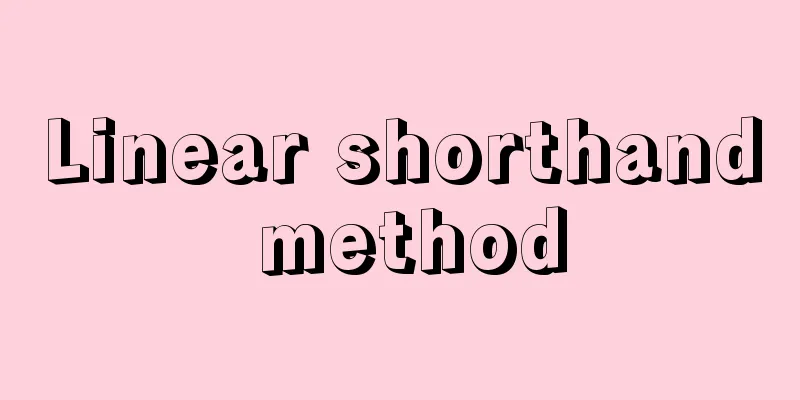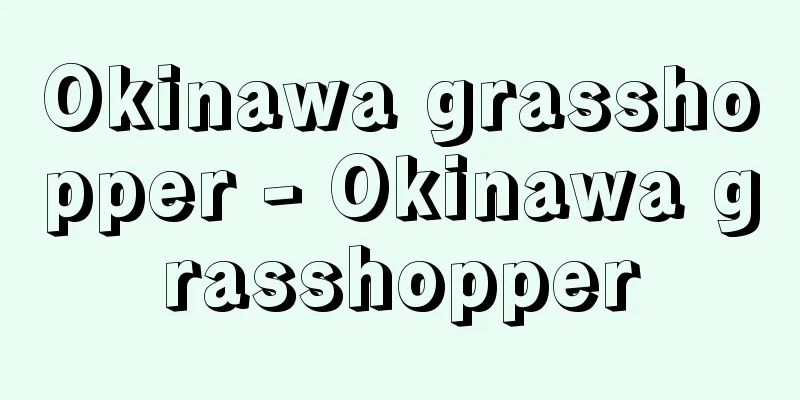Fishery work - gyogyorodo

|
It refers to production activities for capturing, cultivating, and raising aquatic plants and animals. In large-scale fishing boats equipped with advanced equipment and departing for distant fishing grounds, the job titles of the boatman include captain, fishing chief (boatman), navigator, chief engineer, engineer, radio operator, deckhand (fisherman), etc., but in coastal fishing and aquaculture fishing using small fishing boats, most are family-run businesses, and all work from navigating to catching the fish is done by a small number of people. The type of work, working hours, and labor intensity of fishing work vary depending on the type of fishing and its scale, but generally, they have the following characteristics: (1) Seasonality of labor. The fishing industry is an industry that catches fish that live in the waters and migrate or move seasonally, and seaweed and shellfish that grow according to the season, so it is restricted by the natural and ecological characteristics of these fish, shellfish, and algae. It is also restricted by closed periods for the purpose of protecting marine resources during the spawning and reproduction seasons of fish, shellfish, and algae. Fishing seasons are also limited by ocean weather conditions. There are only a few industries that overcome seasonal restrictions and operate using the same fishing methods year-round while changing fishing grounds, such as deep-sea tuna longline fishing and deep-sea trawl fishing. (2) Irregularity of labor. Fishing labor is carried out in order to catch migrating schools of fish, and work must begin as soon as a school is spotted, making it impossible to plan a day's fishing work. Even if one works for the same amount of time in the same fishing ground, the catch often varies depending on the resource situation, making labor irregular in terms of both time and intensity. Of course, labor is also affected by the weather. (3) Closed working and living environment. In the case of deep-sea fishing, the voyage may last more than a year, and crew members are placed in a socially isolated working and living environment on board a small vessel, with restrictions on their personal lives and desires. For this reason, the chief fisherman's major role is to manage and control the human relationships among crew members in order to increase fishing efficiency. (4) High incidence of injuries and illnesses. Working on a rocking fishing boat on the water is highly dangerous, with many deaths and injuries resulting from falling overboard or shipwrecks. Furthermore, living and working in a cramped space on board for long periods of time leads to many illnesses of the digestive system and musculoskeletal system. In fiscal 1982 (Showa 57), the incidence of injuries among Japan's fishing boat crew was 1.6 times that of steamship crew other than fishing boats, and four times the average for all industrial labor on land. (5) Unstable earnings from labor. Fisheries production fluctuates greatly due to natural fluctuations in marine resources and human influences such as overfishing. Furthermore, market prices of catches fluctuate depending on the harvest, making earnings from labor unstable and uncertain. In commercial fishing, a commission-based payment system is used in which wages vary depending on the amount of catch. [Ryuzo Takayama] "Modern Fisheries Economics" edited by Takayama Ryuzo et al. (1982, Hokuto Shobo) Source: Shogakukan Encyclopedia Nipponica About Encyclopedia Nipponica Information | Legend |
|
水界の動植物を採捕、栽培、増・養殖するための生産活動をいう。大型漁船で高度の装備を備え、遠洋漁場まで出漁する大規模漁船漁業では、船長、漁労長(船頭)、航海士、機関長、機関士、通信士、甲板員(漁夫)などの職種に分かれるが、小型漁船で沿岸漁業や養殖漁業を営む場合には、家族経営が主であって、航行から漁獲までのすべての労働が少数の従事者によって行われる。 漁業労働は漁業種やその規模によって、労働内容、労働時間、労働強度が異なるが、一般的に次の特徴がある。 (1)労働の季節性。漁業は、水界に生息し、季節的に回遊・移動する魚類や、季節にしたがって成長する海藻・貝類を採捕する産業であるから、それら魚貝藻類の自然的・生態的特性に制約される。また魚貝藻類の産卵、繁殖の時期には水産資源保護を目的とした禁漁期間が設定されるために、これによっても制約を受ける。また海洋の気象条件によっても漁期が制限される。季節的な制約を克服して、漁場をかえながら、同一の漁法で周年操業する業種は、遠洋のマグロ延縄(はえなわ)漁業、遠洋トロール漁業など少数である。 (2)労働の不規則性。漁業労働は、移動する魚群を捕獲するために、魚群の発見にしたがって作業を開始するので、1日の漁労作業を計画的に設定することができない。同一漁場で同一時間作業しても資源状況によって漁獲量が異なることが多く、労働は時間的にも強度からいっても不規則となる。もちろん天候によっても左右される。 (3)労働・生活環境の閉鎖性。遠洋漁業の場合には、航海期間が1年を超す場合があり、社会的に隔離された狭い船内という労働・生活環境に置かれ、個人的生活と欲望は制約を受ける。このことから、乗組員間の人間関係の管理・統制が、漁労能率を高めるためにも、漁労長の大きな役割となる。 (4)高災害発生率・高疾病率。水上で動揺する漁船での労働は危険性が高く、海中転落や海難事故による死亡・傷害が多い。また狭い船内における長期間の生活と労働から、消化器系・筋骨格系の疾患が多い。1982年度(昭和57)のわが国の漁船船員の災害発生率は漁船以外の汽船の1.6倍、陸上全産業労働の平均の4倍である。 (5)労働収益の不安定性。漁業生産は、水産資源の自然的変動、濫獲などの人為的影響によって生産量が大きく変動し、また、豊凶によって漁獲物の市場価格も変動することから、労働収益も不安定・不確定となる。企業的漁業では漁獲量によって賃金が変動する出来高払いの歩合制がとられている。 [高山隆三] 『高山隆三他編著『現代水産経済論』(1982・北斗書房)』 出典 小学館 日本大百科全書(ニッポニカ)日本大百科全書(ニッポニカ)について 情報 | 凡例 |
Recommend
Parmesan cheese
…The main cheeses are classified according to the...
Daiba - Daiba
The remains of a battery (fort) built in Tokyo Ba...
Islamic Epoch - Islamic Epoch
...The date of Christ's birth is now December...
Austrian Nazi Party
In 1932, Dollfuss became Prime Minister and attem...
Duck Nanban - Duck Nanban
...The former was called "mori" and the...
Sakai Kurai
Senryu (Japanese senryu) writer. Also written as ...
Inspection of furrows - Sebikikemi
It is also called nedori inspection or tan inspec...
totipotency
…For example, when callus obtained from tobacco p...
Active site
→ Active center Source: Asakura Publishing Nutriti...
Guo - く
…The tombs of the nobles of Guo from the late West...
Koriyanagi - Koriyanagi
A deciduous shrub of the Salicaceae family (APG c...
literary comedian
...Lecture brokers such as James Redpath also app...
Robe - Morning
A garment worn by monks. A transliteration of the...
Arashi Yoshisaburo - Arashi Yoshisaburo
Kabuki actor. The name was first used by the son o...
Princess Ata
She was the wife of Takehaniyasuhiko no Mikoto, wh...









